There are lots of hidden treasures in the central west of NSW. Small villages are dotted between the larger towns, and there are places that have seemingly shrunk back on themselves, mere dots on the map where communities once thrived. Changes of fortune can be attributed to various factors, including the fleeting lustre of gold rushes or industries that once provided occupation and optimism until the resource or demand for it was exhausted.
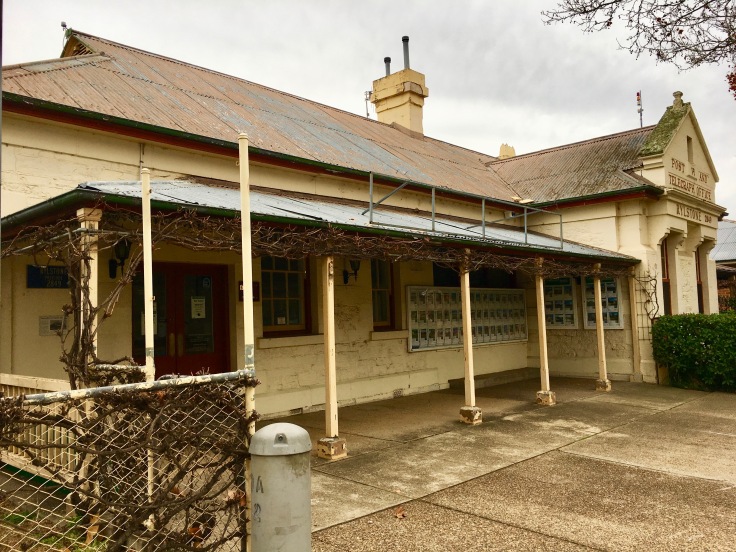
Many towns began as settler farms or squatting runs when the tablelands became accessible following the crossing of the Blue Mountains. The demand for pastures for sheep and cattle resulted in a scattering of communities as people chased stock and opportunities to remote locations.
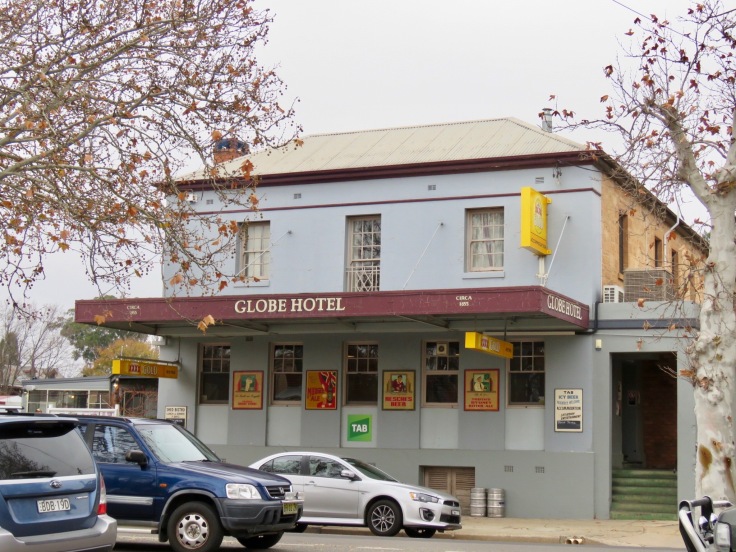
Rylstone is one of the towns that grew up around sheep settlements and stations, with the town forming in a dog-leg shape along Louee Street which drifts alongside the Cudgegong River. The area was settled from 1820s onwards with large pastoral properties being established along the river. With the assistance of convict labour, these large holdings produced fine merino wool, fat cattle and bloodstock horses.
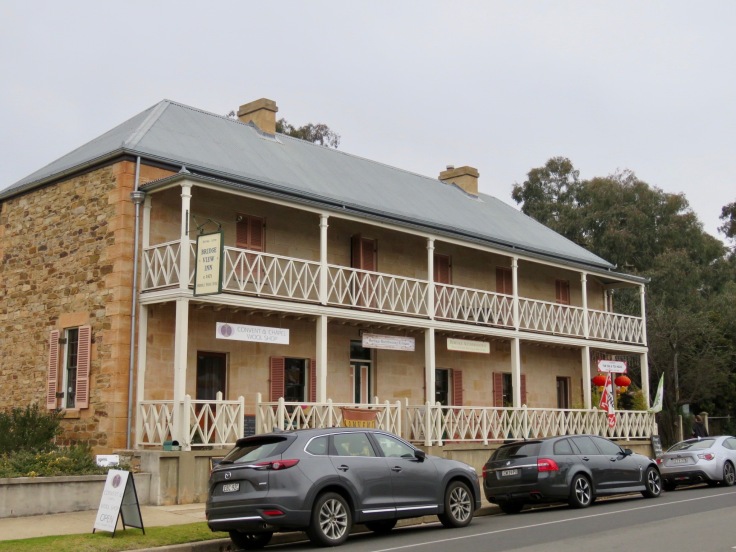
Rylstone was originally known as Dabee after the local Aboriginals. There is a significant colonial property in the area named Dabee, which you can see here. By 1842, local residents were petitioning the Governor to have the locality named Tong Bong, meaning platypus. Governor Gipps opted to call the village Rylstone instead. There is speculation as to the origin of the name, Rylstone. This includes a Scottish weapon, a village in Yorkshire where local wool was sent, or simply an Irishman referring to the royal stone of the area.
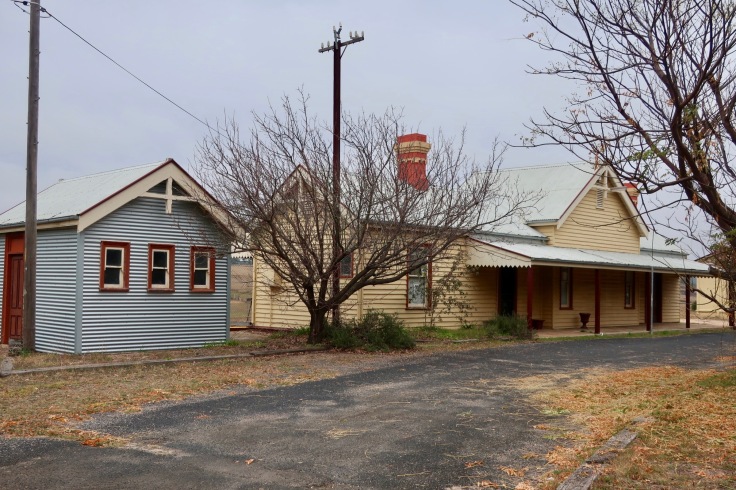
The arrival of the railway in June 1884 changed the status of Rylstone from a village to a town. The railway yard included goods shed, trucking yards and a turntable. The timber railway station (now privately owned) was built with the assistance of Neils Hertzberg Larson, Henry Lawson’s father.
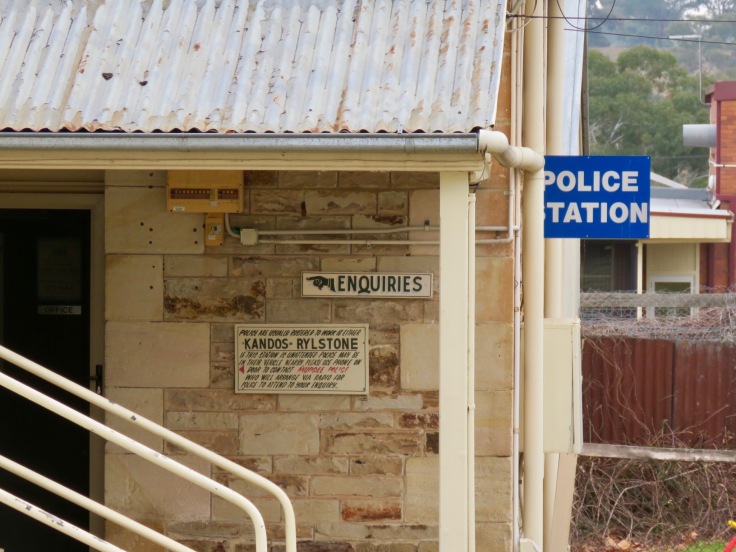
Many fine sandstone buildings line the town centre, providing a sense of solidity and civic pride. Local stonemasons used cedar and sandstone from the area. There is a particular style evident, ‘random rubble with dressed sandstone blocks at the corners, windows, and doors’, which gives a sense of cohesion.
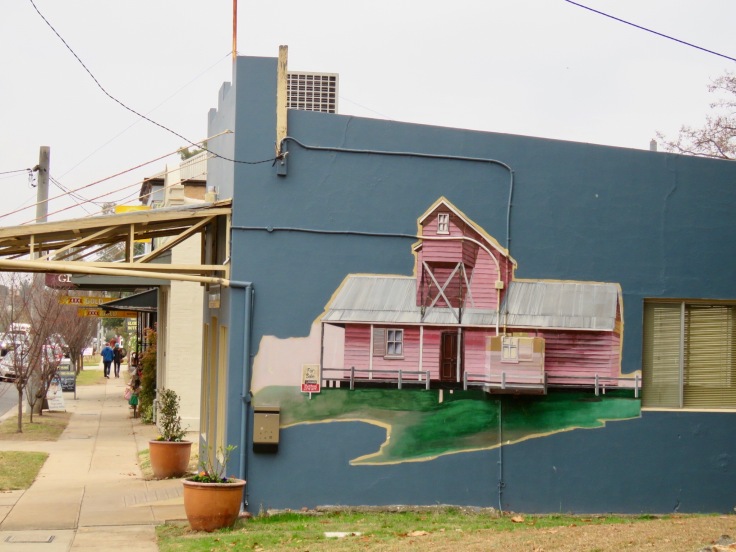
Rylstone is about three hours drive from Sydney on the Bylong Valley Way route and is within an hour of Mudgee, Lithgow, and Bathurst. It is located about 50 kilometres from Mudgee, a popular weekend destination with fabulous food and wineries. Mudgee is a mining town and Rylstone also has its share of mineral resources, which gave life to the nearby town of Kandos, a rare example of a twentieth-century Australian town. This was due to the deposits of limestone. There were discoveries of gold and coal in the area over the decades, along with rich shale oil.
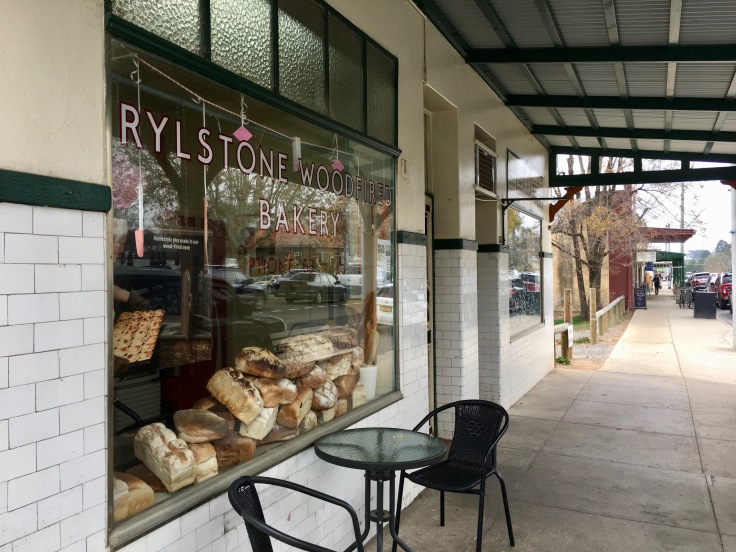
I passed through around midday on a Saturday and didn’t expect to see much activity in the town. It was a pleasant surprise to see lots of people about including visitors, enjoying the winter weather and local markets.
Rylstone is a picturesque town and I’m glad that I finally made my way there after it being a mere spot on the map for such a long time.
[Photo: detail of old Post and Telegraph Office, Rylstone]


I do so love your posts.
LikeLiked by 1 person
Thank you!
LikeLike
Wonderful!
LikeLiked by 1 person
Thank you – it was a lovely place to visit.
LikeLike